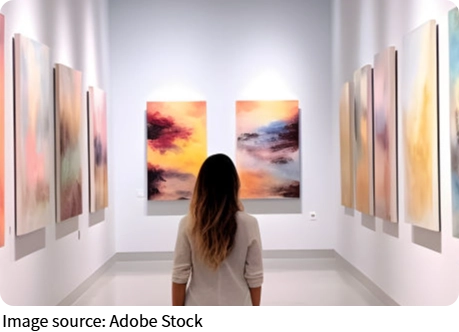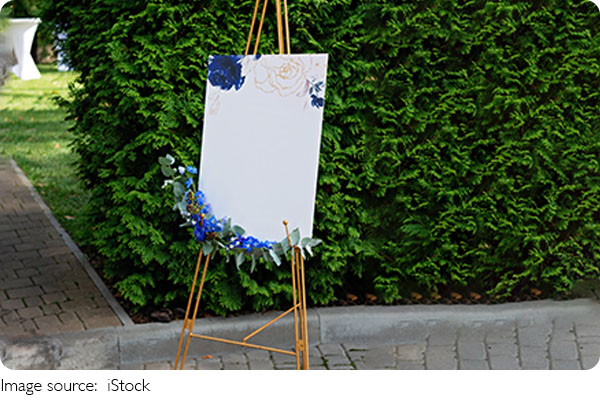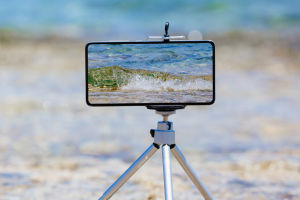Improve Your Art

No one is born with a pencil in hand drawing masterpieces. Whether we're just picking up sketching or have been drawing for years, there's always room to grow. But how do we actually get better at drawing?
Not just by luck or waiting for inspiration—we improve through consistent practice and smart strategies.
Draw every single day
The most basic but powerful tip is this: draw daily. We don't need to create a finished artwork each time. Even quick 10-minute sketches help us stay sharp and build muscle memory. It's like going to the gym—repetition builds strength, and in art, that means cleaner lines, better control, and faster improvement.
Study real life more
We often get stuck drawing from our imagination or copying other artworks, but real progress comes from observation. Let's practice sketching people on the bus, a cup on the table, or trees in the park. Studying real-world lighting, shapes, and shadows helps our drawing feel more grounded and natural.
Break things down into shapes
One major shift in our skill comes when we stop drawing what we think we see and start breaking things into basic forms. Most complex objects can be built from simple shapes—spheres, cubes, cylinders. Once we understand this, drawing becomes much easier and more structured.
Use references and don't feel guilty
Many of us hesitate to use references, thinking it's cheating. But that's a myth. Even the best artists use reference images! The goal is not to copy but to learn. References help us understand proportions, poses, and details we might not think of ourselves. Let's use them as learning tools, not crutches.
Try different mediums and styles
We grow faster when we push outside our comfort zone. Let's try charcoal, ink, digital brushes, or watercolors. Each medium teaches us something different—control, texture, or even patience. We can also experiment with different art styles to discover what fits our hand and vision best.
Ask for feedback
Sometimes we stare at our drawing and don't know what feels off. That's when a second pair of eyes helps. Whether it's a friend, a teacher, or an online art group, feedback helps us see our blind spots. And remember, it's not about being perfect—it's about being open to improvement.
Study anatomy and perspective
If we want to draw people, creatures, or buildings well, we need to understand how they're built. Studying basic anatomy gives our characters believable structure. Learning perspective helps us create scenes that look 3D and realistic. Even a simple one-point perspective drawing adds depth and professionalism to our work.
Keep an art journal
This might be one of the most personal and powerful habits. An art journal is a place where we can experiment, doodle, and reflect. No pressure, no perfection—just practice. Over time, flipping through our journal shows us how far we've come and gives us motivation to keep going.
Be patient with progress
Improvement takes time. Some days we'll feel like we're leveling up, and others like we've forgotten how to draw. That's normal. We need to trust the process and celebrate small wins—a better hand, a cleaner line, a stronger pose. Every drawing adds up.

What's your next art goal?
So Lykkers, where are you now in your art journey? Do you have a specific goal—like drawing portraits, mastering digital art, or designing characters? Let's keep encouraging each other. Share your favorite tip or recent drawing with us—we'd love to see how you're growing as an artist!
-
 AI Meets Classic ArtBrush or algorithm? Explore how AI tools are reshaping the way traditional artists imagine, sketch, and bring art to life.
AI Meets Classic ArtBrush or algorithm? Explore how AI tools are reshaping the way traditional artists imagine, sketch, and bring art to life. -
 Watercolor Nature BeautyHow can we use watercolor to capture the soft, vivid, and peaceful charm of natural landscapes?
Watercolor Nature BeautyHow can we use watercolor to capture the soft, vivid, and peaceful charm of natural landscapes? -
 Phone Photo ProHow can we take professional-level photos using just a phone? Here are tips you'll wish you knew sooner!
Phone Photo ProHow can we take professional-level photos using just a phone? Here are tips you'll wish you knew sooner!